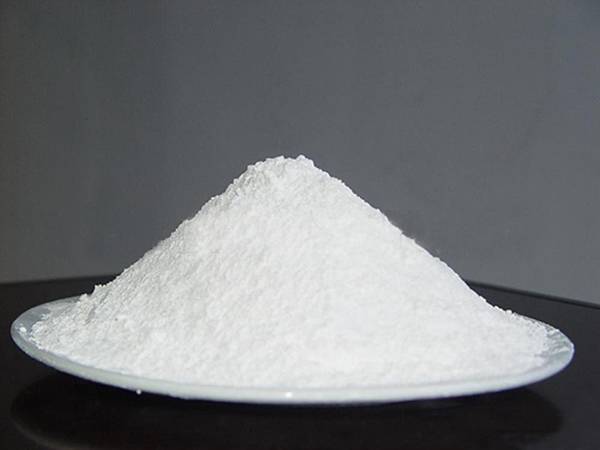



cas no naoh
Understanding the Importance of Sodium Hydroxide (CAS No. 1310-73-2)
Sodium hydroxide, commonly known as caustic soda or lye, is a highly versatile and widely used chemical in various industrial and domestic applications. Identified by its Chemical Abstracts Service (CAS) number 1310-73-2, sodium hydroxide is an essential compound in chemistry due to its strong alkaline properties and its role as a potent base. This article delves into the significance, applications, and safety considerations associated with sodium hydroxide.
Properties and Characteristics
Sodium hydroxide is a white solid at room temperature and is highly soluble in water, producing a highly exothermic reaction. With a pH of approximately 14, it is one of the strongest bases known, capable of neutralizing acids and readily ionizing in aqueous solutions to release hydroxide ions (OH⁻). This unique property renders it valuable in various chemical reactions and processes.
Industrial Applications
Sodium hydroxide plays a vital role in numerous industries. One of its primary uses is in the production of pulp and paper. It is employed to break down the lignin and hemicellulose in wood, facilitating the extraction of cellulose fibers. This process, known as pulping, is essential for creating paper products.
Additionally, sodium hydroxide is crucial in the manufacturing of soap and detergents. It functions in the saponification process, where fats or oils react with sodium hydroxide to produce soap and glycerin. The ability of sodium hydroxide to effectively clean is also harnessed in household cleaners, drain cleaners, and other cleaning products.
Furthermore, sodium hydroxide is involved in the production of various chemicals, including sodium hypochlorite (bleach), sodium carbonate (soda ash), and other sodium salts. In the food industry, it is used for food processing applications such as curing olives and making German pretzels, where it enhances the color and texture.
cas no naoh

Laboratory and Research Uses
In laboratory settings, sodium hydroxide is frequently utilized as a reagent in chemical synthesis and analysis. Its strong basicity allows it to be used in titration experiments, where it can determine the concentration of acidic solutions. Moreover, it serves as a crucial component in the preparation of buffer solutions and other laboratory-grade chemicals.
Safety and Handling
While sodium hydroxide is an incredibly useful compound, it is essential to recognize its hazardous nature. It is corrosive and can cause severe burns upon contact with skin or eyes. Inhalation of its dust or vapors can irritate the respiratory system. Thus, when handling sodium hydroxide, appropriate personal protective equipment (PPE) should be worn, including gloves, goggles, and protective clothing.
In case of exposure, it is crucial to rinse the affected area with water for at least 15 minutes and seek medical attention immediately. Knowing the correct procedures for storage and disposal is equally important to prevent accidents and environmental hazards.
Conclusion
Sodium hydroxide (CAS No. 1310-73-2) is a fundamental chemical with vast applications spanning various industries, from manufacturing to food processing and laboratory research. Its effectiveness as a strong base and its ability to facilitate numerous chemical reactions underscore its importance in both industrial and domestic contexts. However, with its potent properties come the responsibility of safe handling and awareness of its hazards. By understanding sodium hydroxide's role and implementing safety measures, industries and individuals can harness its benefits while minimizing risks.
-
Why Sodium Persulfate Is Everywhere NowNewsJul.07,2025
-
Why Polyacrylamide Is in High DemandNewsJul.07,2025
-
Understanding Paint Chemicals and Their ApplicationsNewsJul.07,2025
-
Smart Use Of Mining ChemicalsNewsJul.07,2025
-
Practical Uses of Potassium MonopersulfateNewsJul.07,2025
-
Agrochemicals In Real FarmingNewsJul.07,2025
-
Sodium Chlorite Hot UsesNewsJul.01,2025










